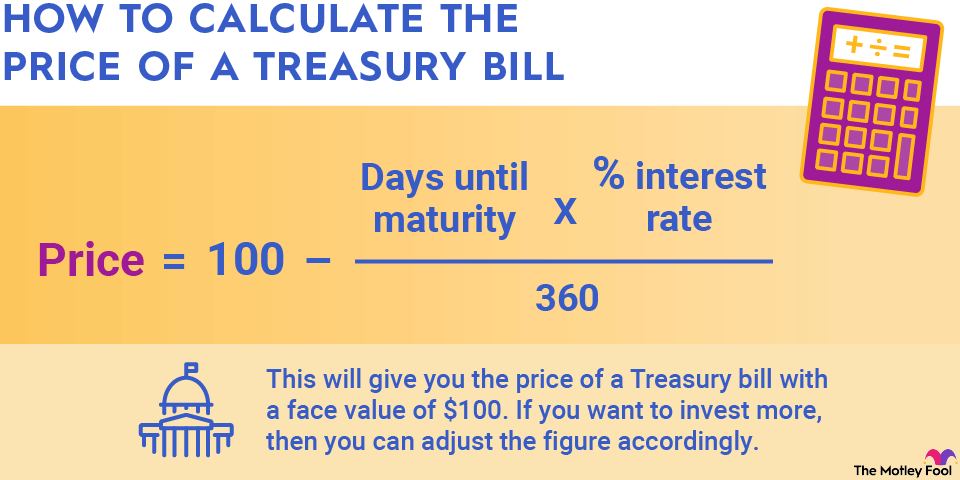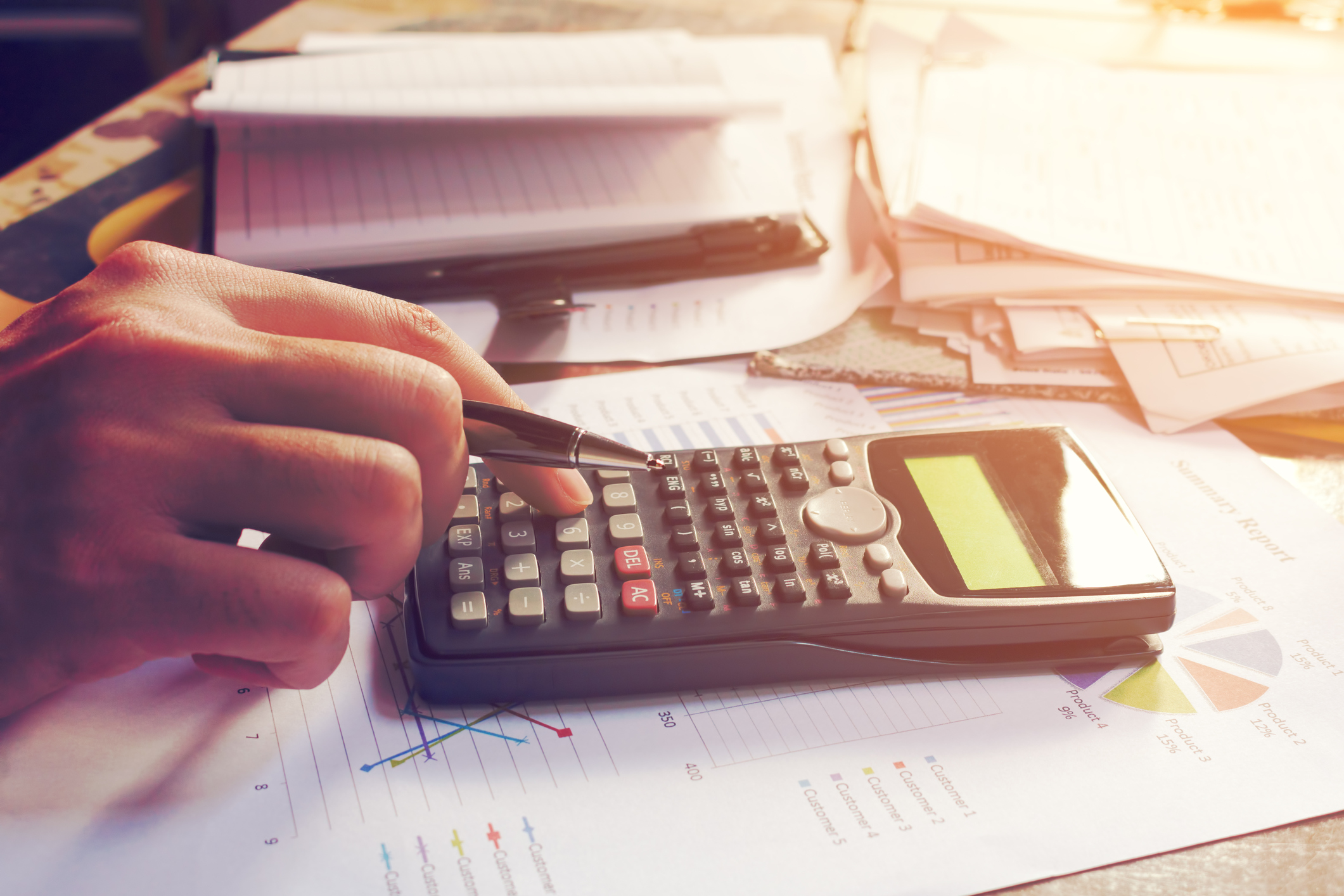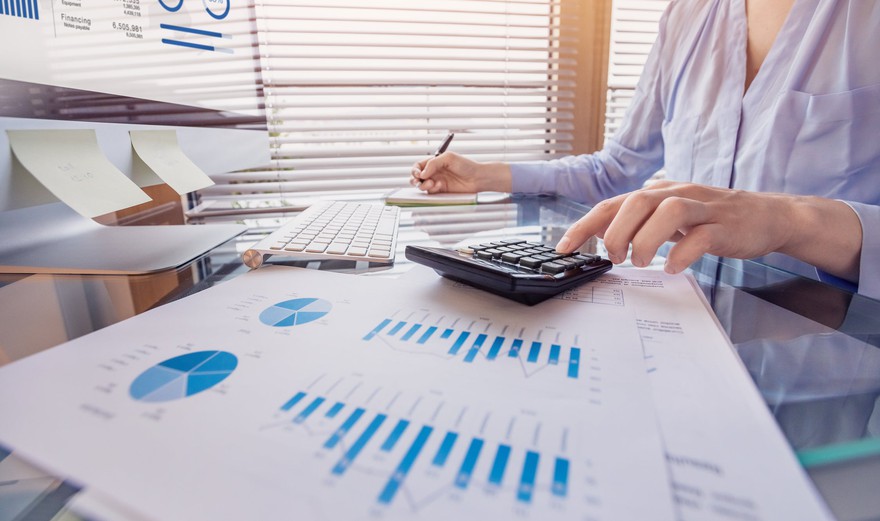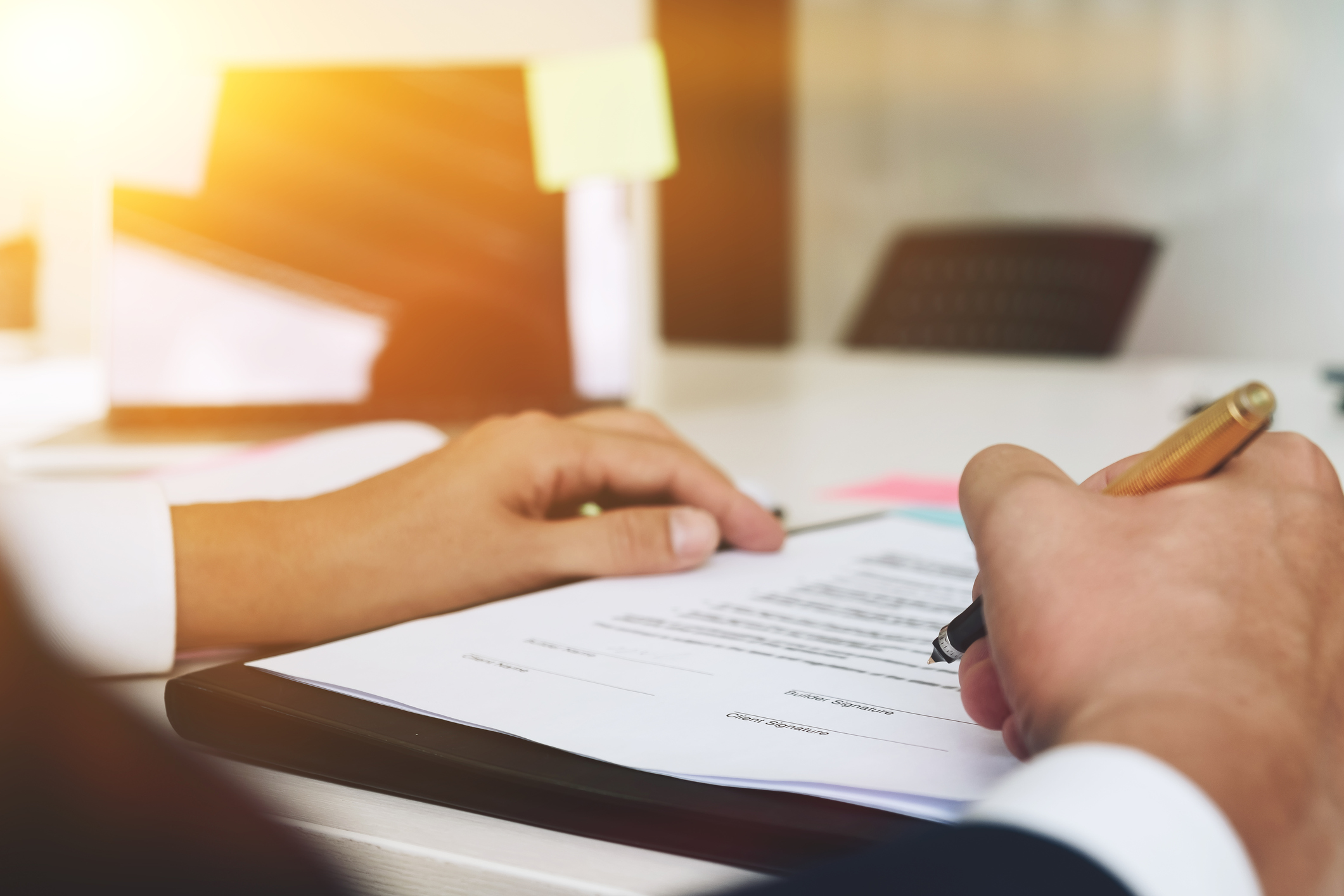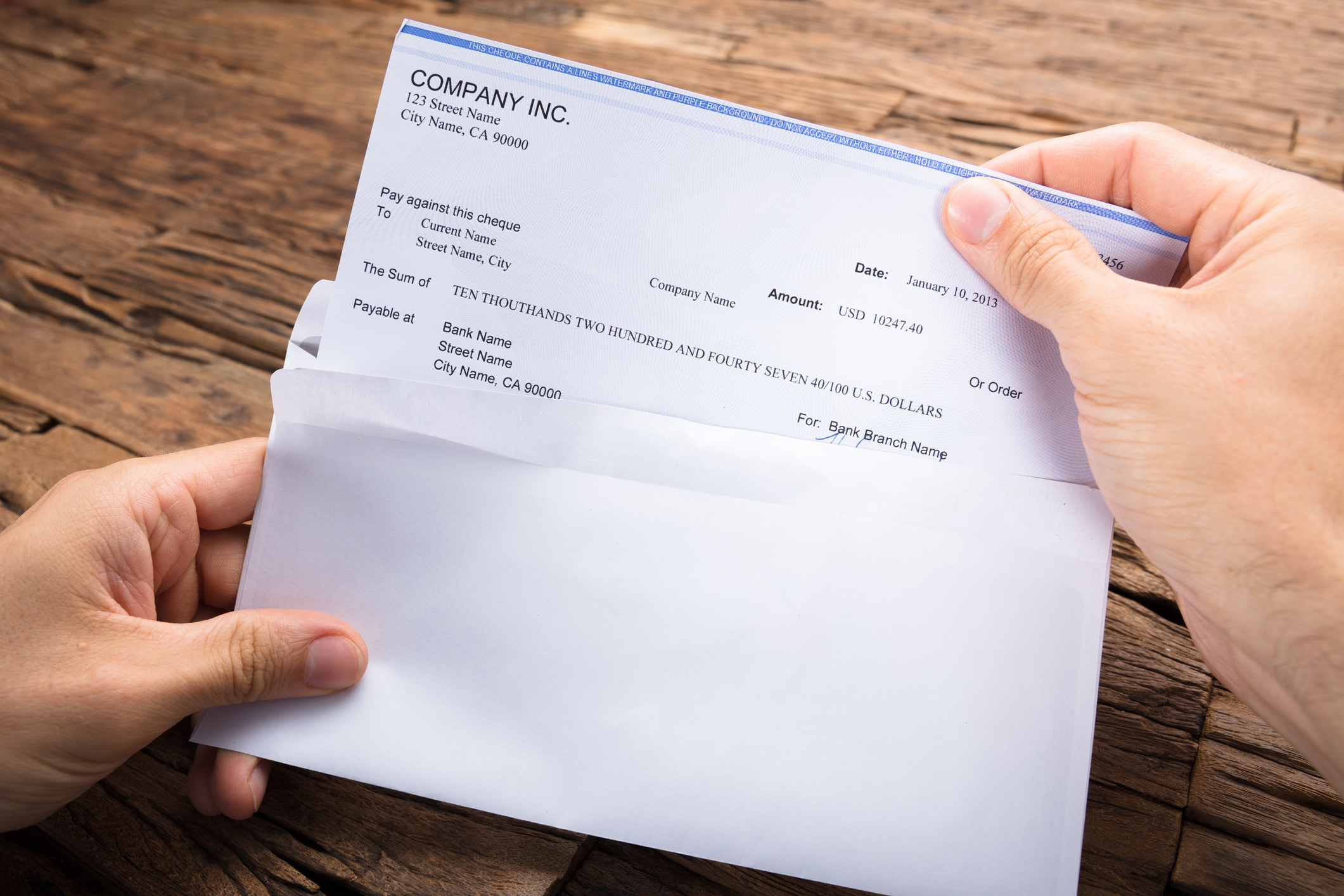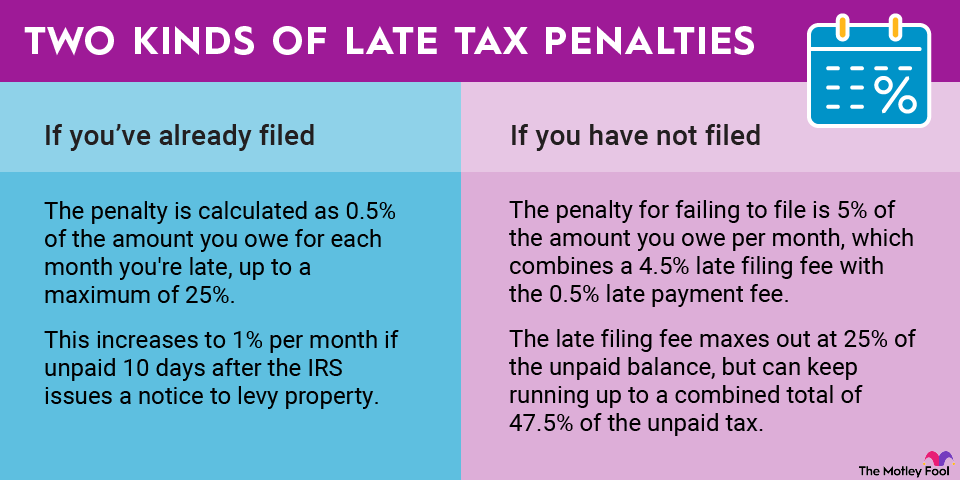Investing is about putting money at risk to earn a return. In theory, the more risk an investor is willing to accept, the more returns he or she should expect to earn to compensate for the risk.
Two metrics to quantify how the market is valuing risks and rewards are liquidity premiums and the real risk-free rate. In this post, we'll break down each.

Another more general method for estimating the liquidity premium is to compare historic Treasury yields with current Treasury yields of similar duration. The difference in yields for the current Treasury and the average past Treasury yield for the duration of your investment is a decent indicator of the liquidity premium in the market today.
Real risk-free rate
The real risk-free rate takes the risk-free rate and incorporates inflation risk into the equation. Inflation is too often overlooked when assessing investment returns, but when high, it can quickly erase actual wealth gains.
For example, if the stock market returns 8% in a given year but the inflation rate is 5%, the real return is a much less impressive 3%.
Related investing topics
To calculate the real risk-free rate, subtract the current inflation rate from the Treasury bond yield that matches your investment duration. If, for example, the 10-year Treasury bond yields 2%, investors would consider 2% to be the risk-free rate of return. Treasury bonds are the most often cited proxy for the risk-free rate because they are backed by the full faith and credit of the U.S. government.
If inflation stands at 0.5%, then the real risk-free rate would be 1.5%: The risk-free rate of 2% minus 0.5% inflation equals 1.5%.
In practice, this 1.5% real risk-free rate is the rate that investors expect to earn after inflation from a risk-free investment with a 10-year duration after inflation.





